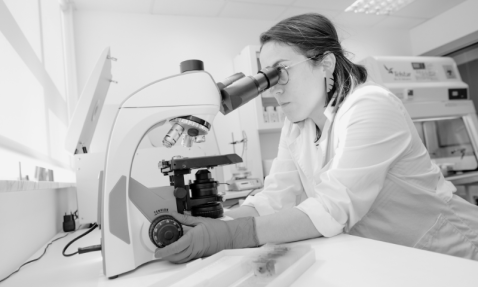QUITOSAN

Expected results:
Analytical profiles of different plant residues based on the microbiological, nutritional and health information (presence/absence of contaminants and toxins) carried out, identifying those most suitable to be used as a substrate for the cultivation of chitosan-producing microorganisms.
A management plan for plant remains to prevent deterioration and establish quality criteria for the selection of the by-products under study for the proposed purpose.
One or more substrates suitable for the growth of chitosan-producing microorganisms from plant remains from the food industry.
Protocols for the extraction of dietary fiber from the solid residue that is generated after the preparation of the suitable substrate for the growth of fungi.
Characteristics and composition of both the substrate for the growth of the chitosan-producing microorganism and the fiber-rich extract obtained.
Procedure for obtaining fungal chitosan from substrates from plant waste through which a battery of fungi can be tested.
Knowledge about the most efficient fungal species in the production of chitosan from substrates from plant waste.
Optimized protocol for the production of fungal chitosan from substrates from plant waste.
Obtaining fungal chitosan.
Extraction and purification protocols for the fungal chitosan obtained.
Determination of properties and characteristics of the fungal chitosan obtained.
Evaluation study of fungal chitosan and the fiber-rich extract for their use as ingredients in new food formulations, guaranteeing their nutritional and health quality and organoleptically evaluating their acceptance by consumers.
Evaluation study of fungal chitosan for its use in the synthesis of coatings and adhesives for application in the furniture industry.
Funded by:

Fondo Europeo
Belgium

Región de Murcia
Spain

Ris 3 Mur
Spain
Proyectos relacionados

RELIEVE

ECOPRESSWOOD











